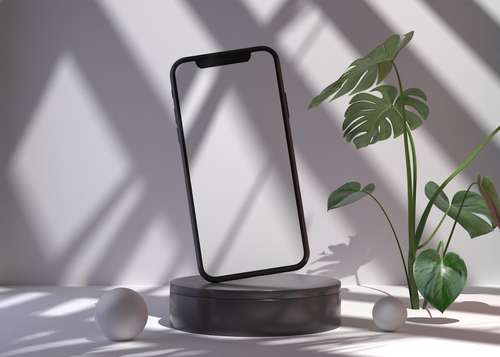Apple unveiled a new iteration of iOS that introduces several exciting features, such as collaborative playlists on Apple Music and a Unity wallpaper to commemorate Black History Month.
Among the many additions in iOS 17.3, one particularly intriguing feature is "stolen device protection."
Although this feature remains inactive by default, it is strongly recommended for all iPhone users to enable it after iOS 17.3.
The new passcode feature plays a significant role as it grants access to devices and allows users to modify settings.
Even with Face ID or Touch ID enabled, a passcode serves as a backup to unlock the phone and make adjustments.
The inclusion of this security feature in Apple's recent update is a response to an investigation by Joanna and Nicole Nguyen of the Wall Street Journal; this introduction aims to address the loopholes in iPhone's security.
They revealed a grave situation: thieves could not only gain funds but also gain access to sensitive data meant to be securely stored on iPhones and associated iCloud accounts.
Exploitation tactics by iPhone thieves
iPhone thieves use deceptive tactics like striking up conversations to extract passcodes from unsuspecting individuals at late-night bars, exploiting vulnerabilities.
One cunning thief disclosed his method of luring victims into adding him on Snapchat. By convincingly suggesting that it is easier to enter contact details on their own phone, he tricks them into handing over their device.
Thus, he locks the phone without delay, claims it is “locked," and skillfully asks for the passcode, which he stores for later use.
Once in possession of a stolen iPhone, the thief can use the passcode to bypass security settings and change the Apple ID password.
By doing so, they effectively disable the Find My iPhone feature, preventing the victim from remotely wiping their device and safeguarding their information.
Moreover, the thief can access sensitive information stored within the iCloud Keychain, such as bank app passwords and credit card details saved in Safari autofill preferences.
Additionally, encrypted notes within the Notes app may contain sensitive information, such as social security numbers, which the thief could potentially exploit.
Enhanced Security Measures
To enhance security, Apple has introduced security delays for modifications to the Apple ID password, passcode, and stolen device protection.

Nevertheless, when attempting these critical changes, the iPhone alerts the user that they must wait at least an hour before proceeding.
In the unfortunate event of a stolen iPhone, users can remotely erase their device using another device, ensuring the safety of their data.
However, there is an exception if the incident occurs in familiar locations, such as home or workplace, eliminating the need for an hour's delay for crucial changes.
Steps to activate stolen device protection
With the recent release of iOS 17.3, iPhone users can manually enable the Stolen Device Protection feature to safeguard their device and stored information.
Follow these steps to activate the feature
- Ensure that your iPhone is updated to iOS 17.3. This feature is available for newer models, including the iPhone XR, iPhone SE (2nd generation), and iPhone SE (3rd generation).
- Navigate to Settings, and then proceed to Face ID and Passcode.
- When prompted, enter your iPhone's passcode, and then select "Turn on Protection" under Stolen Device Protection.
- Once enabled, your identity will be verified using Face ID or Touch ID to perform specific actions on your device in unfamiliar locations.
With the rise in iPhone thefts and the potential compromise of sensitive data, the new iOS 17.3 introduces the Stolen Device Protection feature to combat these threats.
Thus, it is crucial for all iPhone users to update their devices and enable this feature to ensure the utmost security for their personal information and prevent unauthorized access to their stolen iPhones.




